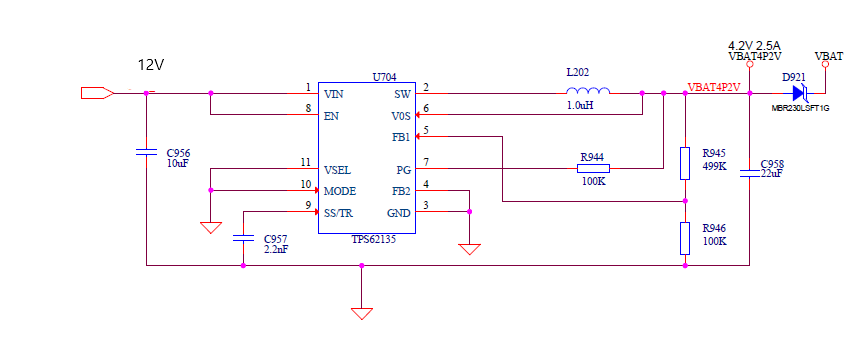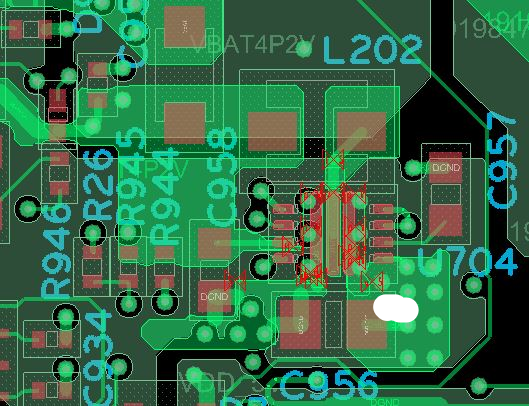Hi!
We recently integrated the step-down converter TPS62135 into our device. The device functioned as expected for three weeks and has now stopped working. We are currently not getting any output from the regulator. Can you please help us in identifying the problem and tell us if we have to follow any precautions while using the device. The schematics and PCB layout are attached below.
PS: We had one problem earlier as well (please refer to the thread "Unexpected behaviour at output.") but it was resolved as per the suggestion from Chris Glaser that the problem could be ESD. We have taken care of this.





